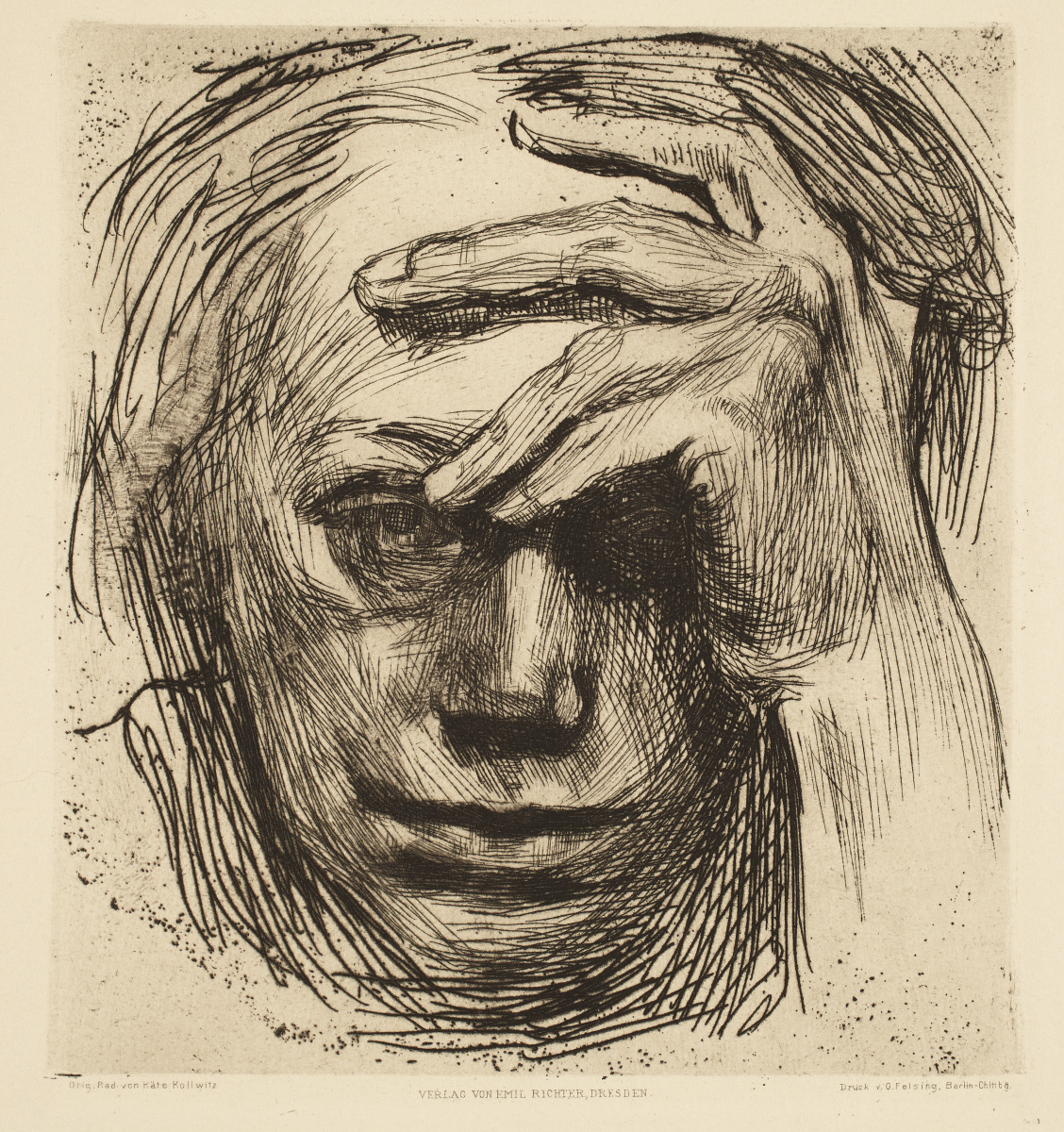A gift of compassion
We sat down with Dr. Brian McCrindle, a cardiologist and researcher at SickKids, to chat about the important work of Käthe Kollwitz.

Käthe Kollwitz, Sleeping Child in the Lap of her Mother. Charcoal and wash with graphite on wove paper. 34.4 x 45.2 cm. Promised Gift of Dr. Brian McCrindle.
An advocate for women, Käthe Kollwitz was a leading and beloved 20th century German artist renowned for her etchings, lithographs, woodcuts, sculptures and drawings. Among her preferred themes were motherhood, sacrifice, separation, oppression and death.
In 2015, Dr. Brian McCrindle, a cardiologist and researcher at The Hospital for Sick Children, also known as SickKids, made an extraordinary donation to the AGO of 170 prints, drawings and sculptures by Kollwitz. Thanks to his generosity, the AGO is now home to one of the largest collections of the artist’s work outside Germany. Using this incredible new collection, our Prints & Drawings Department has launched the first in a year-long series of displays highlighting the richness and depth of Kollwitz’s art. The first selection, which debuted on April 7 and runs until September 30, is entitled Käthe Kollwitz: Art and Life.
We caught up with Dr. Brian McCrindle to find out more about the person behind this remarkable gift and to uncover the source of his Kollwitz fascination.
AGO: What about Kollwitz’s work attracts you?
Brian: I can sum it up in one word – compassion. Her life and her work are all about compassion. For me, as a physician at SickKids, compassion is a necessary and important component of providing care to children and families.
AGO: How were you introduced to her work?
Brian: When I was doing my pediatrics and cardiology training in Baltimore, I was allowed to take evening studies courses for free, so I signed up for an art history course. Kollwitz was briefly covered, and I was captivated by the expression and passion in her Peasant War etching series. Later in 1992, an amazing exhibition of her work was held at the National Gallery of Art in Washington, DC, based on loans from the most important private Kollwitz collector, Richard Simms. I went to that exhibition three times, and eventually I visited Dr. Simms who gave me lots of great advice and encouragement.
AGO: Why did you decide to give these works to the AGO?
Brian: Kollwitz believed that her art should have a purpose, and that it needed to be seen and shared with people. Her art speaks to the never-ending need for compassion in the world. It was not my place to keep this collection to myself. I nurtured it until it grew to give a complete picture of this important humanitarian. I know the AGO will be a good caretaker and will honour her purpose.
AGO: Do you have a favourite Kollwitz work?
Brian: That’s a bit like asking if you have a favourite child.
Dr. Brian McCrindle’s passion for the arts does not stop at Kollwitz. He has established The Brian McCrindle and Kerry Mader Art for Humanity Fund, a fund dedicated to the acquisition of prints and drawings that fall within the guidelines of ‘art for humanity’ – art that expresses the concepts of compassion, understanding, and tolerance; and the dignity of humankind.
Käthe Kollwitz: Art and Life is on view until September 30 on Level 1, in the Linda & Bob Krembil Pathway (Gallery 124), the Walter Trier Gallery (Gallery 139), the Nicholas Fodor Gallery (Gallery 140), Gallery 141, and the Esther & Arthur Gelber Treasury (Gallery 142). The exhibition is included in General Admission and AGO Members see our collection for free.
Are you an AGOinsider yet? If not, sign up to have stories like these delivered straight to your inbox every week.

